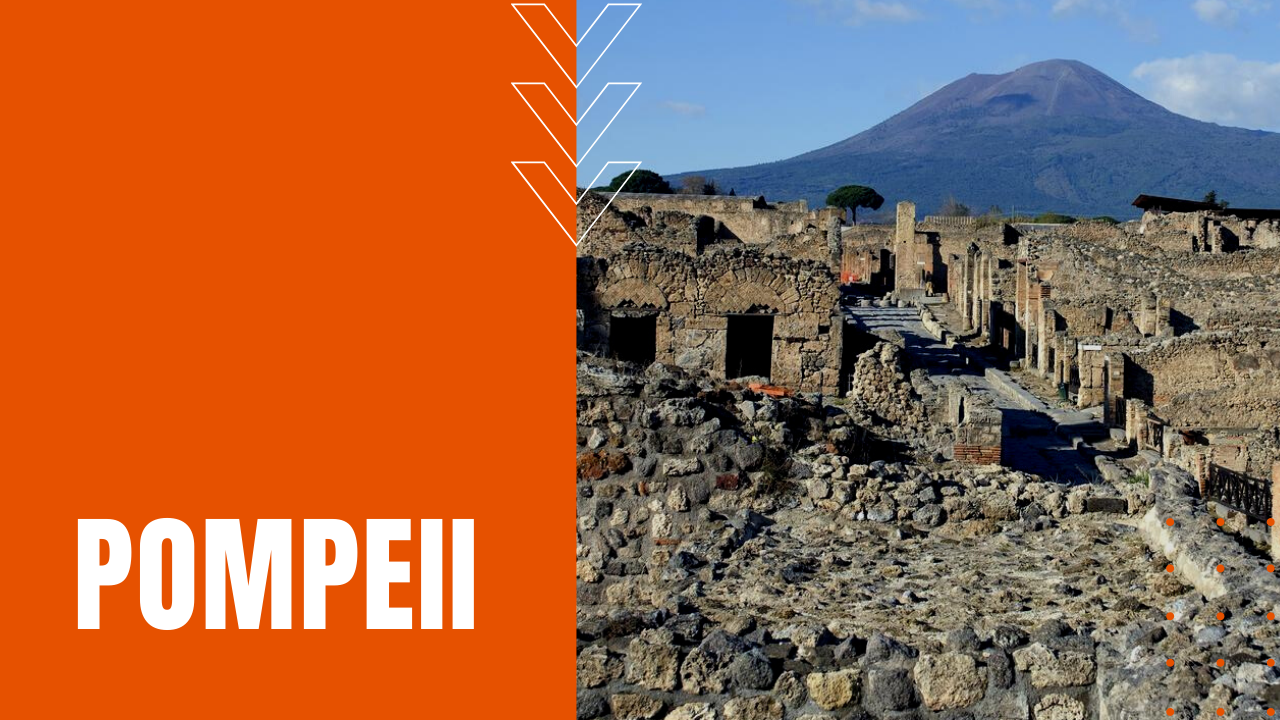History of Pompeii: Mount Vesuvius Eruption Destroys a Once Wealthy City

Two thousand years ago, the Roman Empire was shaken to its core by one of the worst natural disasters to strike the ancient world. In less than 48 hours, the thriving city of Pompeii, along with some 5,000 of her residents, were wiped from the face of the earth when Mount Vesuvius erupted after 1500 years of dormancy.
Today, amid the crumbling walls and faded paintings of Pompeii, archeologists have unearthed tantalizing clues about the city’s final moments before disaster buried this once-thriving city.
When was Pompeii Destroyed?
Mount Vesuvius erupted in 79 AD and many of Pompeii’s residents remained ignorant about their coming demise, as some 13 to 20 feet of volcanic ash and pumice buried them alive, suffocating thousands as they huddled in fetal postures against the onslaught of raining ash.
While the loss of life was tragic and widespread, the now excavated city offers a unique snapshot into ancient Roman life, frozen in time when the city was literally buried alive. After extensive excavation, archaeologists have unearthed what was clearly a wealthy city, which enjoyed many fine public buildings and luxurious private homes, replete with lavish decorations, furnishings and works of art.
While much of the art disappeared during early tomb raider excavations, archaeologists have made plaster casts of Pompeii’s many victims, preserving their dying postures, while revealing the cataclysmic conditions that struck them down during their final moments on earth. Numerous graffiti carvings provide a wealth of examples of the largely lost Vulgar Latin spoken colloquially at the time, contrasting with the formal language of the classical writers.
During the two-day eruption of Mount Vesuvius, the first 18 hours saw a steady onslaught of pumice rain, which allowed most of the city’s residents to escape the coming disaster. For those who decided to stay, however, volcanic ash and pyroclastic flow incinerated or suffocated the remaining population, entombing many of them with their finest jewelry and cherished possessions scattered on or about their bodies.
By the evening of the second day, the eruption was over, leaving behind a sun-choked haze that would float over southern Italy for days.
